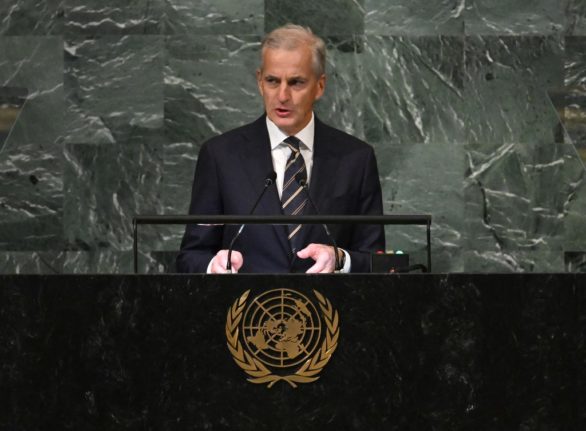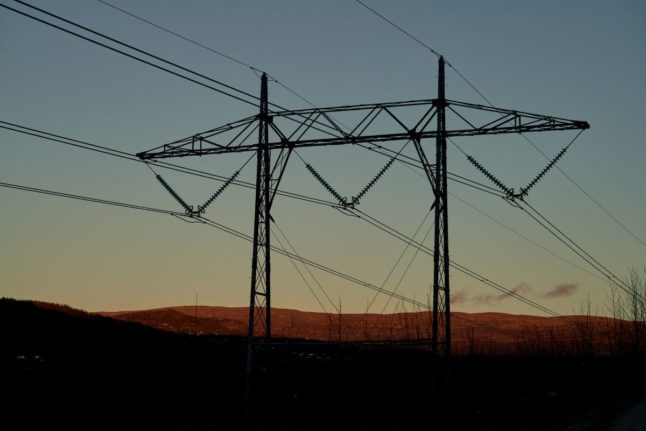“We are in discussions with our allies to increase the (military) presence in the Norwegian sector and have accepted German, French and British contributions,” Norwegian Prime Minister Jonas Gahr Store told a press conference, following the alleged sabotage of the Nord Stream pipelines in the Baltic Sea.
His comments came days after four leaks were discovered in the Nord Stream gas pipelines in the Baltic Sea, which bring Russian gas to Europe.
The leaks were caused by underwater explosions corresponding to hundreds of kilogrammes of explosives and look like a deliberate act, a Danish-Swedish report said Friday.
“I understand that people are worried about the consequences that the situation in the Baltic Sea may have and that something similar may happen to the oil installations,” Store said.
“We have no indication that there are any direct threats to the Norwegian oil sector,” the Norwegian leader added.
Following the Nord Stream explosions and leaks, Norway had already said it would beef up security around its oil installations, amid allegations of sabotage.
“The government has decided to put measures in place to increase security at infrastructure sites, land terminals and platforms on the Norwegian continental shelf,” Norwegian Energy Minister Terje Aasland said in a statement on Tuesday.
Norway has become Europe’s main gas supplier in the wake of the war in Ukraine, taking the place of Russia.
The Scandinavian country has a vast network of pipelines, stretching for almost 9,000 kilometres, linking it to the continent, which experts have said are at risk of sabotage.
On Friday, Støre said that two Norwegian Coast Guard vessels had been diverted to patrol near oil platforms and that the area was also being monitored by a maritime patrol aircraft.
The Norwegian prime minister met several European leaders and the head of NATO on Friday, and is expected to visit the Sleipner oil platform in the North Sea on Saturday.
Norway, as well as Britain, France, and Germany, are all members of the NATO military alliance.



 Please whitelist us to continue reading.
Please whitelist us to continue reading.
Member comments